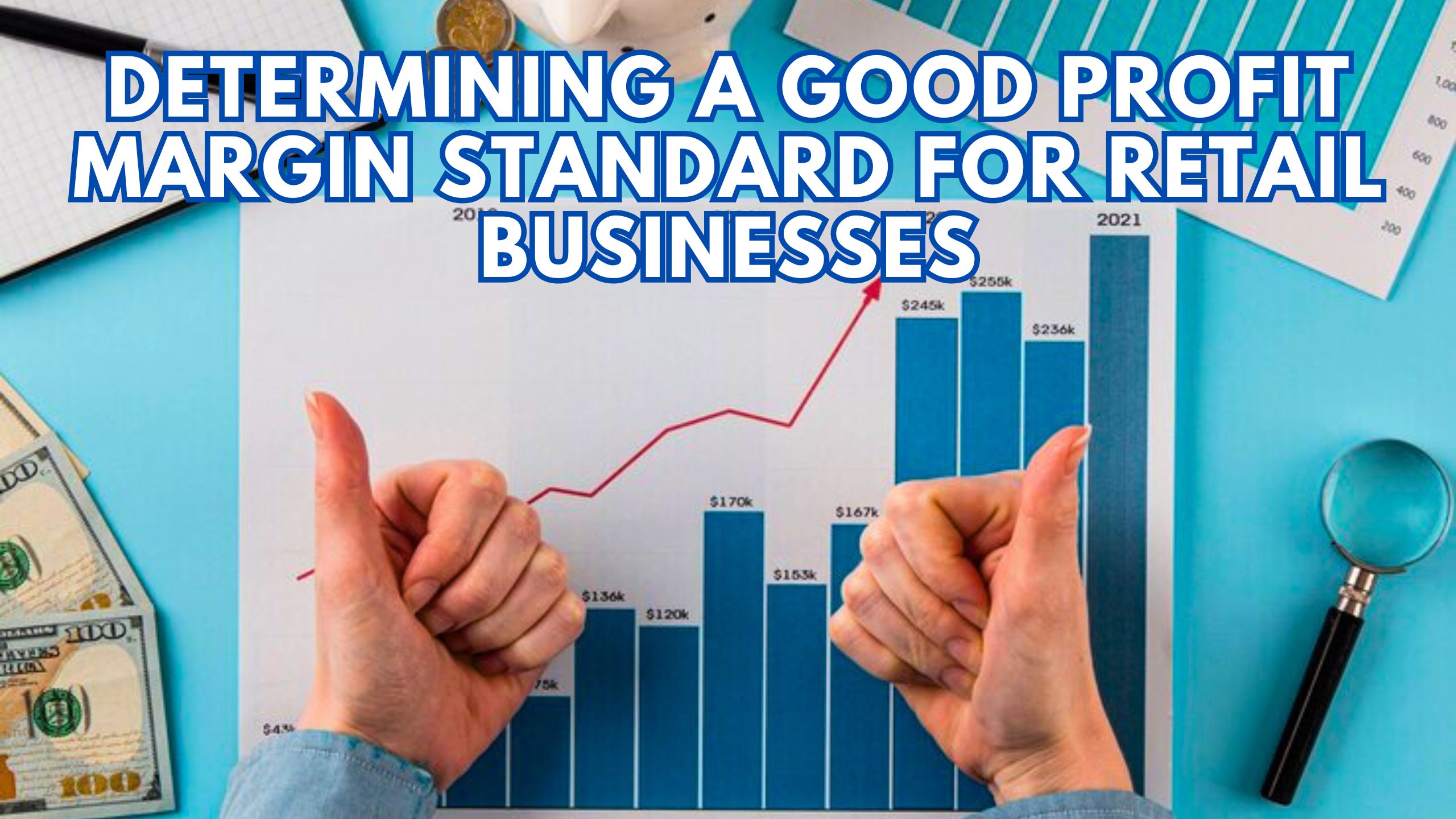Determining a Good Profit Margin Standard for Retail Businesses
- Expense Management Software Credit Cards Investing Business Solutions


Determining a Good Profit Margin Standard for Retail Businesses
Understanding and establishing an optimal profit margin is a critical aspect of managing a successful retail business. In this comprehensive exploration, we delve into the factors that influence profit margins, industry benchmarks, and the role of innovative SaaS tools in achieving and maintaining profitability.
Factors Influencing Profit Margins
Profit margins are a fundamental metric in understanding the financial health of a retail business. Various factors contribute to shaping profit margins, and a nuanced understanding of these elements is essential for effective management. Here’s an in-depth exploration of the key factors influencing profit margins:
- Production Costs:
- Direct Costs: These include expenses directly tied to the production of goods, such as raw materials and labor.
- Indirect Costs: Overheads like rent, utilities, and administrative expenses impact overall production costs.
- Pricing Strategies
- Competitive Pricing: Setting prices in line with competitors helps attract price-sensitive customers.
- Value-Based Pricing: Aligning prices with the perceived value of products can justify higher margins.
- Market Demand:
- Supply and Demand Dynamics: Understanding market demand ensures that product supply meets consumer needs without resulting in excess inventory.
- Economic Conditions
- Inflation: Economic fluctuations and inflation rates influence the cost of goods and, subsequently, profit margins.
- Operational Efficiency
- Inventory Management: Efficiently managing inventory prevents overstocking or stockouts, impacting costs and revenues.
- Cost Control Measures: Implementing measures to control operational costs positively affects profit margins.
- Customer Behavior
- Buying Patterns: Analyzing customer behavior aids in optimizing pricing and inventory strategies.
Industry Benchmarks: What is a Good Margin for Retail?
Understanding what constitutes a good profit margin for retail requires consideration of industry benchmarks. Profit margins vary across sectors and business models. Here’s a detailed exploration of industry benchmarks and factors influencing what is considered a good margin for retail:
- Type of Product
- High-End vs. Low-Cost Products: Industries dealing with high-end products might have higher profit margins compared to those selling low-cost, high-volume items.
- Market Positioning
- Luxury vs. Discount Retail: Luxury retailers may operate with higher margins due to exclusivity, while discount retailers often rely on lower margins with higher sales volume.
- Competitive Landscape
- Competitor Analysis: Benchmarking against competitors provides insights into prevailing market standards.
- Economic Conditions
- Recession vs. Boom: Economic conditions impact consumer spending, influencing profit margin expectations.
- Business Model
- Brick-and-Mortar vs. E-commerce: Operational costs, rent, and distribution methods differ, affecting profit margin benchmarks.
- Customer Demographics
- Target Audience: Understanding the demographics of the target audience helps tailor pricing strategies.
By thoroughly evaluating these factors, retailers can define realistic profit margin goals and strategies to achieve and maintain profitability within the context of their specific industry and business model.
Leveraging SaaS Tools for Profitability
- QuickBooks Commerce – Efficient inventory management is key to maintaining healthy profit margins. QuickBooks Commerce streamlines inventory processes, ensuring products are readily available without excess stock.
- Price2Spy – Dynamic pricing is vital in a competitive market. Price2Spy provides real-time competitor price tracking, empowering retailers to adjust their prices strategically.
- RepricerExpress – Automated repricing is essential for online retailers. RepricerExpress ensures products are competitively priced, maximizing sales opportunities.
- Xero – Robust financial management is critical. Xero simplifies accounting processes, offering insights that aid in making informed decisions for improved profitability.
- Tableau – Data visualization is powerful for analyzing sales patterns and identifying opportunities. Tableau transforms complex data into actionable insights for better decision-making.
Conclusion:
Determining a good profit margin requires a nuanced understanding of industry dynamics. By leveraging innovative SaaS tools, retail businesses can navigate challenges, optimize operations, and achieve sustainable profitability.
Unlock Profitability with Subscribed.fyi!
Explore a curated selection of SaaS tools at Subscribed.fyi. Sign up to unlock exclusive member-only deals, providing savings of over $100,000 per year. Streamline your business processes and boost profitability with Subscribed.fyi.
Relevant Links:





